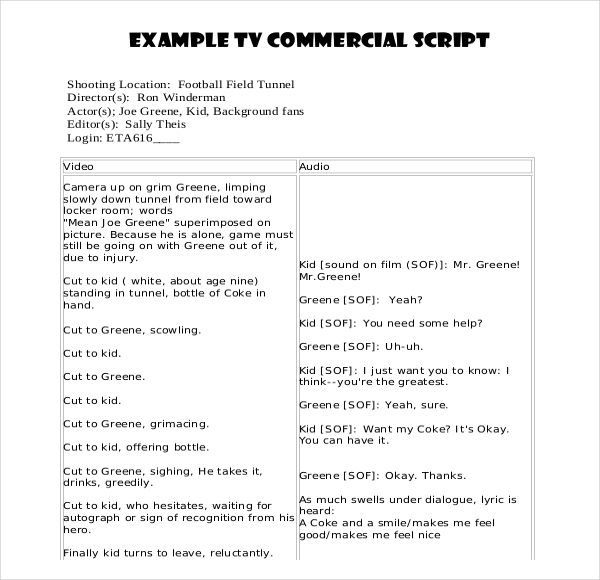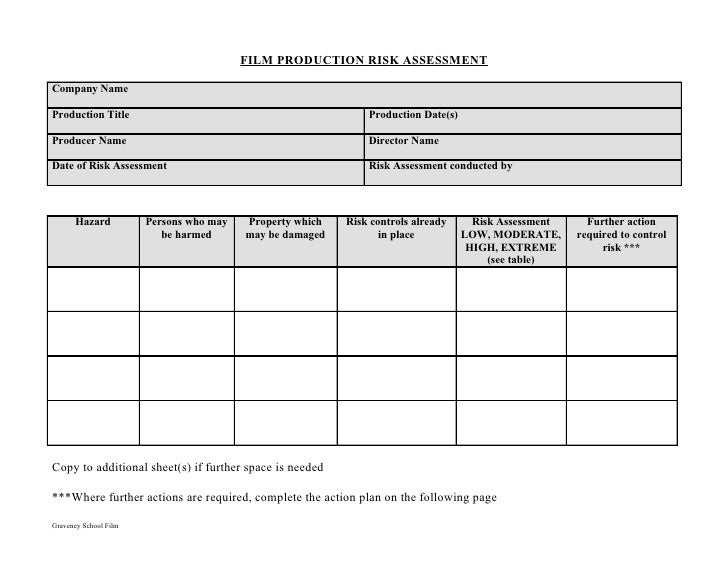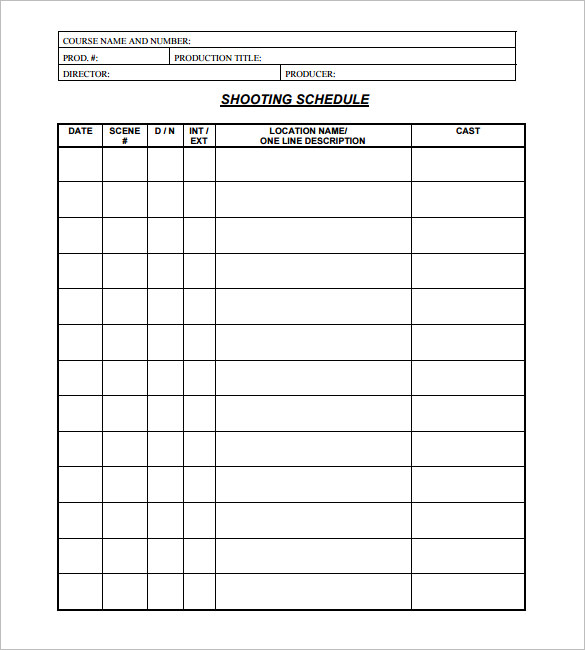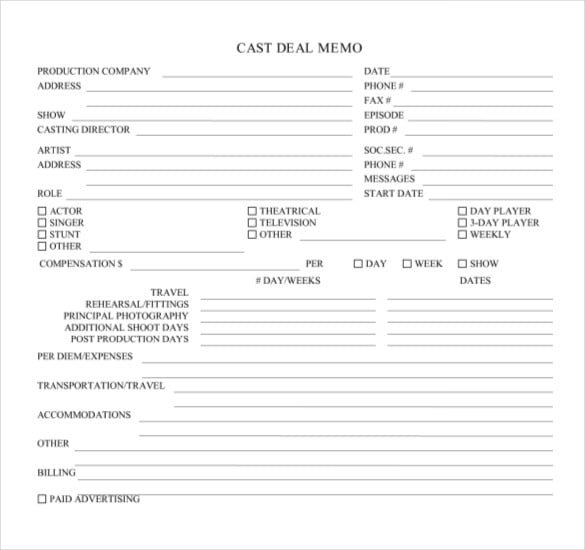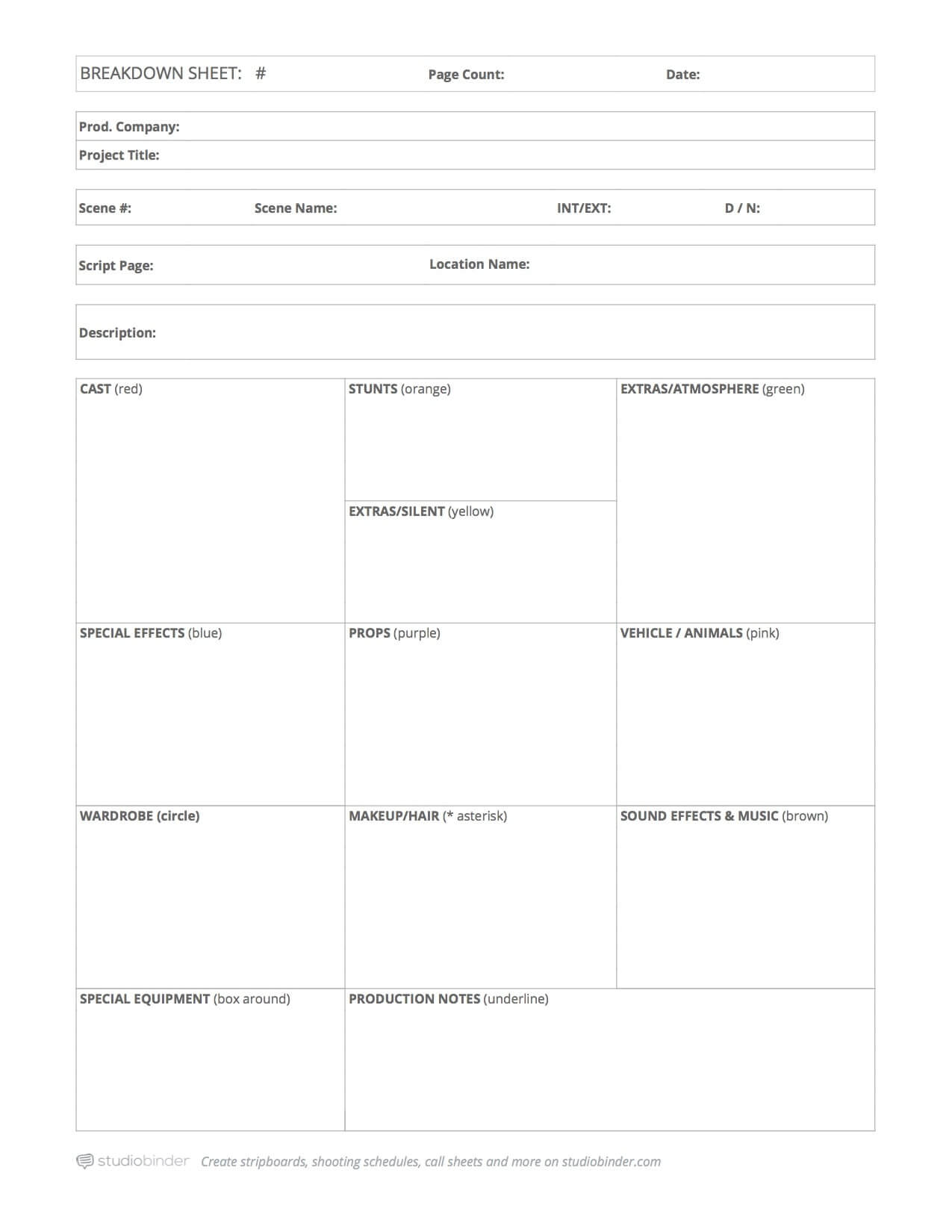I began the process by reading the brief and finding the key points relevant to my chosen Television one. I then created a moodboard (below) to display my intial ideas, mindmaps and thoughts about the task. I have used this as a continuous reference point as it includes the four media elements visually, which is what I need to do in my eventual finished work.
You work for an in-house television
production company within an advertising
agency.
You have been given the task of
producing the first two of
Summary of brief requirements:
1.
• TV advert running length:
30 seconds each (60 seconds in
total).
•
Broadcast channel and time:
Content must be suitable for
prime-time E4 (weekdays 7pm–9pm).
• Client target audience: 16–25 male
and female demographic.
UK deodorants want this new brand – to be
called Wave – to be defined by its active,
youthful, unisex brand identity.
My adverts are going to feature young people jogging and getting ready to go out partying, they will feature actors of all genders.
Both adverts must contribute to a strong
and consistent brand identity, using the
same slogan/tagline. - My tagline is "For tidal moments, use Wave". I came up with this first, by brainstorming puns associated with wave and the kind of atmosphere where you would use it. As they are part of a series, both my ads feature a "tidal moment" where Wave is crucial to its success.
The adverts should use techniques – such
as intertextuality, - in advert one, this is going to be done through my characters. In my casting notes I decided I want characters reminiscent of the film Napoleon Dynamite, to play on the 80's, nerdy character stereotype to create humour and portray a social group that isn't always associated with being active and being comfortable around the opposite gender. In my second advert, I'm going for the classic, 'girls getting ready' scenario, but altering it by also using a boy. Again, I'm going for a grease style feel to it via setting, costume and makeup.
Generic hybridity, - I am going to do this by combining comedic style set ups with the "boy meets girl" scenario. However, I want it to be clear that there is complete gender equality, with neither party holding the power in the relationship.
Humour
or emotional appeal – that engage the
target audience and make the adverts
memorable. - In advert one I want to use humour to make my advert memorable.
In advert two I want to use emotional appeal to make my advert memorable.
Your finished TV adverts must adhere to the
rules of the Advertising Standards Authority
(ASA): https://www.asa.org.uk/
Editing of footage and sound to fit the
brand identity and the conventions of
television adverts.
Soundtrack, which should include
voice (either as voiceover or diegetic
voices of actors), sound effects and
appropriately edited music to fit the
brand identity and the conventions of
television adverts. - I'm going to use a the same disco track in both of my adverts, although I am yet to decide which, I'm going to edit it appropriately to fit with the storyline of each add. I'm using voiceover, which I will prerecord for my packshot.
At least two different settings across
the two adverts (this may be the same
location with a significantly different
use of mise-en-scène and/or lighting or
two different locations).
Clearly identifiable product (deodorant). - I'm featuring the deodorant in both ads as people will be seen using it. I will also include the same packshot at the end of both my adverts.
At least two characters representing at
least two different social groups. - I'm using 4 actors across my two adverts. When casting, I will make sure they represent a diverse range of young people.
The same written text on screen for
both adverts, to include the product
name and a slogan/tagline that
expresses the brand identity. - Again, this will feature in the packshot.
Adherence to the rules of the ASA. - My adverts don't include nudity, swearing or anything else set out in the ASA guidelines for this adverts showing times. More about this can be found in my ASA post.
What your agency hopes will become a series - I'm using the same overall concept of 'tidal moments' and both my ads will feature the same music, edited differently. The end packshot and slogan will also be the same.
Each advert must last exactly
30 seconds.
These are the two best ideas I have come up with.
1st advert -
Running track/park – day time
A boy is running along with headphones in, sweating but persevering.
As he runs we cut to a wider shot of a girl running alongside him, she then overtakes.
We see the boy acknowledge her, raise his eyebrows and pick up the pace.
Cut to a wide shot of the two racing, neck and neck.
Cross some sort of “finish line” together, hands on knees, panting.
Make eye contact and laugh
Girl hands a guy can of wave having used it, he obliges.
Strike up an unheard conversation and walk off “into the sunset”
Voiceover – “For tidal moments, use wave”
2nd Advert -
Bathroom/Bedroom setting
Girl is putting makeup on androgynous looking boy – feeling of “coming-out”
Boy looks nervous, visibly sweating, scared of not getting peer approval
Mirror shot of finished look – boy and girl hug
Could say something like “Ready?” and then hands him a can of wave.
Final shot of them opening the front to a chorus of approval from friends, can then proceed to go out
Voiceover – “For tidal moments, use wave”
I have created a draft of the scripts for each of my adverts using the template utilised for this kind of advertising. I have also created a story board with shot for shot annotations which I have also included. These are both subject to change but allow me to not only show my idea to others by use it when I make my adverts to ensure I dont stray from my inital vision.
The production must include - A range of camera shots, including different shot distances, angles and movement, to fit the brand identity and the conventions of television adverts. - Here is the storyboard that I've made which showcases the different shots, angles etc. I will be using. They are also featured in my script.
